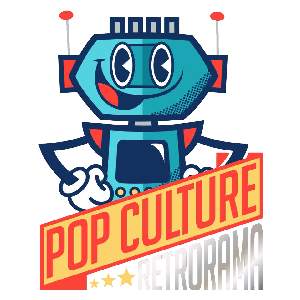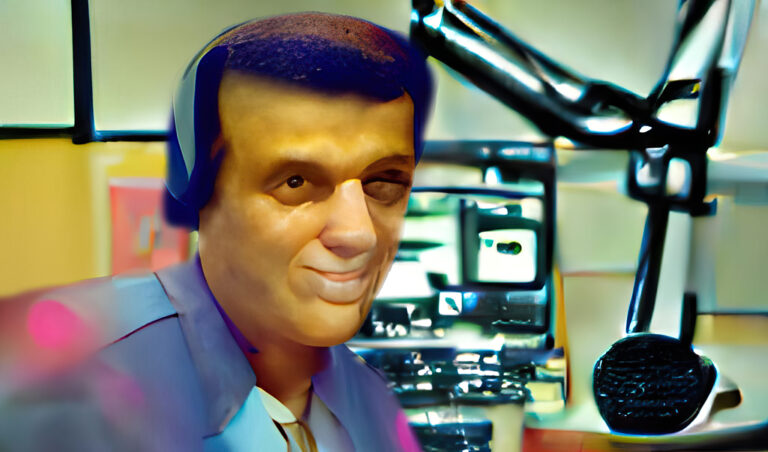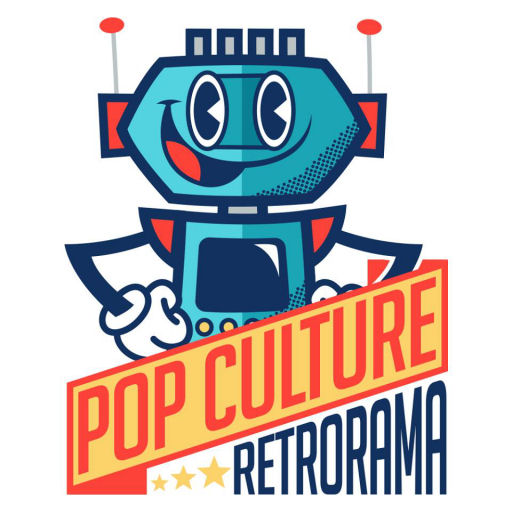Often hailed as one of the worst sci-fi shows to emerge from the 1970s or any other decade, Harlan Ellison’s
cast-off series should have been the successor to Star Trek’s brand of smart, topical sci-fi.
With Hugos and Writers’ Guild Awards under his belt, the controversial, contentious and unquestionably brilliant SF writer Harlan Ellison seemed like a natural person to create a new science fiction saga for television – perhaps even the next Star Trek in the making. The only problem: Ellison himself. Never afraid to rub the right people the wrong way, Ellison had a time-honored tradition of removing his name from scripts that he felt had been tinkered with to the point of unrecognizability by the producers of shows he sold stories to, replacing his credit with the pseudonym “Cordwainer Bird,” a signal to his fans that his work had been altered. He had threatened to use this pseudonym on the famous Star Trek episode The City On The Edge Of Forever, much to Gene Roddenberry’s alarm; as Roddenberry was trying to gain respectability with top SF writers (hopefully enticing them to write Star Trek scripts), this would’ve been a highly visible stamp of disapproval. Ellison and Roddenberry never mended fences. And this was hardly the only instance of an unwelcome appearance by “Cordwainer Bird.”

20th Century Fox become the first studio to brave Harlan Ellison’s legendary temper, offering him the chance to create his own series concept. Ellison took them up on it, and the concept – at least on paper – was one of the smartest ideas anyone’s ever had for a science fiction television show. While taking place aboard a vast spaceship, The Starlost allowed for location filming by equipping that ship with enclosed ecosystem domes, each containing a different kind of terrain and society. Any location could be used, and any issue explored, within The Starlost’s format. Three main characters would escape from a dome whose enclosed society was vaguely Amish, discovering the innards of a ship brimming with technology far beyond their comprehension. Making their way to the bridge, they find that the ship is out of control and off course, barreling toward a star in its path. None of the original flight crew, or their descendants, remain alive to pilot the Ark, which contains representative cross-sections of Earth flora and fauna – and diverse human societies, with all of their foibles intact. The hunt is on to visit the other domes in search of someone who can steer the ship away from imminent disaster. This way, even un-redressed modern-day settings could be used: just another snapshot of society, frozen in amber in one of the Ark’s domes – a perfect recipe for affordable, weekly, issue-driven science fiction.

But apparently it wasn’t affordable enough. 20th Century Fox opted to produce the show in Canada in association with Canaidan television network CTV, using the favorable currency exchange rate of the early 1970s to make the show affordable. Canadian writers would be hired to execute Ellison’s vision, with Ellison and his science advisor – respected SF author Ben Bova – steering things from their offices in Hollywood. Famed special effects innovator Douglas Trumbull, who had wowed the movie world with 2001: a space odyssey and Silent Running, and would do so again participating in the making of Star Wars a few years later, was on board, as was another 2001 alumnus, actor Keir Dullea. Surely The Starlost was bound for glory.

But on the Canadian end of the production, efforts to keep the budget manageable were in overdrive. It was decided that The Starlost would be shot on video instead of film, and despite Trumbull’s best efforts, his patented system to superimpose live actors over detailed miniature sets failed to work convincingly in the medium of video. (Infamously, the “pitch reel” for The Starlost highlighted Trumbull’s technique to greater effect than the series itself ever did.)
Rewrites were ordered to Harlan Ellison’s pilot script, in some cases quite drastic, and “Cordwainer Bird” swooped in once more; Ellison was disowning his creation before it had even gotten off the ground, and triggered an exit clause in his contract. Ben Bova had no such clause, and was trapped on the series, offering advice to a team of Canadian writers who ignored his scientific wisdom as often as they heeded it. (Bova would later fictionalize this experience in his novel “The Starcrossed,” while Ellison would rage about his singular shot at creating a television series in the introduction he penned for a novelization of The Starlost’s pilot script, “Phoenix Without Ashes.”)

20th Century Fox sold The Starlost in syndication after failing to interest an American network in the series. The Starlost premiered in prime time in Canada, but in America the show frequently found itself in Saturday morning time slots, with local TV stations completely misunderstanding that the show was not targeted toward children; desperate to sell the show and break even, 20th Century Fox did little to help that misconception with the sales material sent out to convince stations to pick the show up.
The Starlost premiered in the fall of 1973. While the show’s production values were comparable to British-made science fiction shows of the time, most American-made drama series were made on film, and the use of video was perceived as “cheap,” or a necessary evil used by programs requiring a very quick production turnaround, such as newscasts and soap operas. The special effects of The Starlost had been reduced to technology that the Canadian studio could handle, abandoning Trumbull’s sophisticated two-camera system, frequently resulting in effects shots looking no more convincing than a nightly weather forecast. Despite guest appearances from past and future genre heavyweights such as John Colicos, Barry Morse and Walter Koenig, among other faces familiar to Canadian TV viewers, The Starlost couldn’t be saved; the show was cancelled after only 16 episodes.

Pairs of episodes were edited together in the early 1980s into a package of “movies,” with a different opening narration describing the Ark as “8,000 miles in character” (and then describing the star with which it will eventually collide as being “5,000 miles in character” – or, in other words, smaller than the Ark – presumably it’s a dwarf star); these “movies” went out of circulation as quickly as they appeared, and represented the only time The Starlost was repeated after its original 1973/74 broadcasts.
Having vanished into obscurity, The Starlost gained a reputation – usually by word-of-mouth, and frequently repeated by those who had never actually seen it – as the worst science fiction series in the history of TV. Harlan Ellison, in convention appearances, essays and book introductions, did nothing to attempt to salvage the show’s reputation; if Ellison was saying this about his own show, then surely it must have been true. A 21st century DVD release gave The Starlost its first airing since the ’80s, allowing curious viewers to judge its merits – or lack thereof – for themselves.

If nothing else, The Starlost represents a brave attempt to make something out of nothing – a perfect illustration of the law of diminishing returns. The series concept remains viable, though Ellison never overcame his distaste for Hollywood enough to allow it to be revisited in his lifetime. A recent comic adaptation claimed to hew more closely to Ellison’s original intentions for the pilot, but in reality didn’t change much aside from the “production values” thanks to a huge set costing as much as a small one in the realm of printed artwork. The Starlost is still one of the smartest ideas anyone’s had for a genre TV series – if anyone can ever forgive it for the cheap execution foisted upon its first attempt.
Memo to remake-happy Hollywood: now that Harlan’s gone, maybe it’s time to do The Starlost justice.





+ There are no comments
Add yours